Dive Details
Location
Date
Sunday 27 September 2015
Time
8:09am - 9:17am
Details
It was really quite rough at Kurnell today, perhaps too rough to be diving. I was very keen to check up on my seahorses and pygmy pipehorses so I gave it a go. There were other divers going in so I wasn't the only crazy one.
The entry was a bit tricky as it was less than an hour after high tide. I managed to get in without too much trouble and was rewarded with visibility of at least 10 metres. I descended to the sand and the visibility was still 10 metres but there was quite a lot of surge. The water was also quite warm and I was glad I'd decided to wear my wetsuit as I can manoeuvrer much more easily.
I headed past the kelp towards The Leap along the sand line. When I got to the right spot I headed up from the sand line to check out "Di" and "Joseph". I found "Di" on her rock pretty much straight away and it didn't take me much longer to find "Joseph" who was hanging out in the sea tulips at the end of the rock.
I swam back to the sand line and continued on in the direction of The Leap. When I came to the next lot of seahorses I noticed the angler was no longer on the rock. I had a look around but couldn't see it. "Noel" was in the sea tulips where he usually is and had a clingfish on his back. I found "Rosie" and "Arnold" hanging out under the same rock trying to get out of the surge, which was pretty strong. The two pygmy pipehorses (IL2015091101 and IL2015091201) were on top of the rock. I had a look around for the Miamira magnifica nudibranch but could not find it.
I went back to the sand line and found a male weedy seadragon (PT2015061401) with some eggs. I swam past the basket star and then up to the pygmy pipehorses. I found the female (IL2015072601) straight away. I started looking for the male (IL2015070501) and instead found a new male (IL2015092701). This new male was much smaller but was pink in colour. I guess he's replaced the old male. At one point the female and male were hanging out together. The surge was getting very strong and it was difficult to photograph the pygmies.
I headed back to the sand line and the surge was even worse here. The surge combine with the outgoing tide made it very difficult to make headway towards The Steps. The visibility dropped to around 3 metres.
I briefly stopped at the seahorses before deciding to call it quits and head to the boulders. The visibility improved here and there was less surge. I did my safety stop as I swam and when finished swam to the exit. It was still rough at the exit point but the slightly lower tide made it a bit easier. It was still a challenge to get out but I managed it as 4 other divers were also getting out. Just after all 5 of us were out some big sets came through which would have been at least very unpleasant. While the conditions were not great, I'm still glad I made the effort.
Seas
Rough
Visibility
3 to 10 metres
Duration
67 minutes
Maximum depth
14.7 m
Average depth
11.6 m
Water temperature
18.5°C
Dive Profile from Citizen Hyper Aqualand
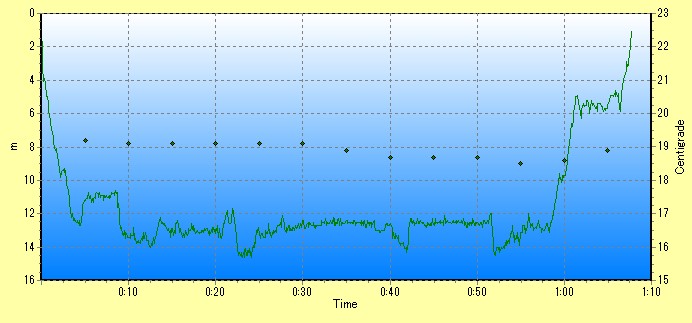
Tides at Botany Bay AEST
Note that tides at dive site may vary from above location.
Low
1:08am
0.15m
High
7:15am
1.63m
Low
1:15pm
0.22m
High
7:31pm
1.85m
Camera gear
Camera
Nikon D7000
Lens
Nikon AF Micro-Nikkor 60mm f/2.8D
Housing
Ikelite 6801.70
Lens port
Ikelite Flat Port 5502.41
Strobe
2 x Ikelite SubStrobe DS161
Photographs
Depth information, where present, indicates the depth of the camera when the photograph was taken and can be used to approximate the depth of the subject.
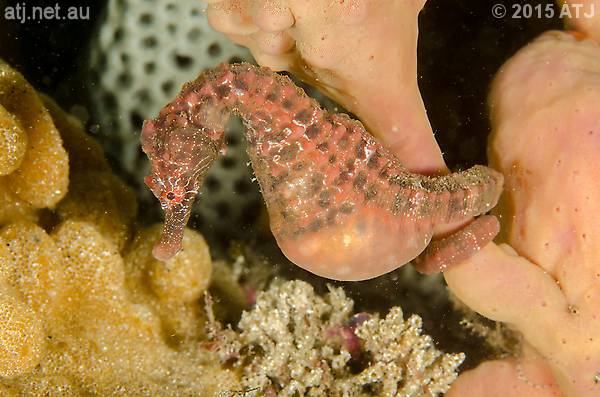
Male pot-belied seahorse, Hippocampus abdominalis, ("Joseph"). 11 m.
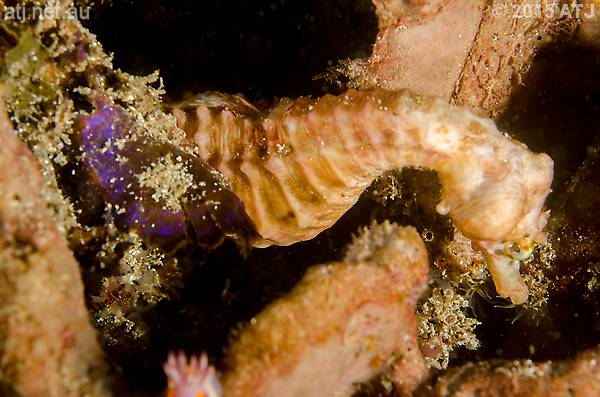
Female pot-belied seahorse, Hippocampus abdominalis, ("Di"). 10.9 m.
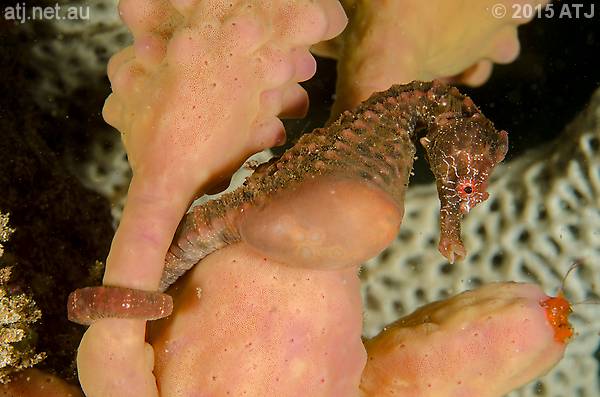
Male pot-belied seahorse, Hippocampus abdominalis, ("Joseph"). 10.7 m.
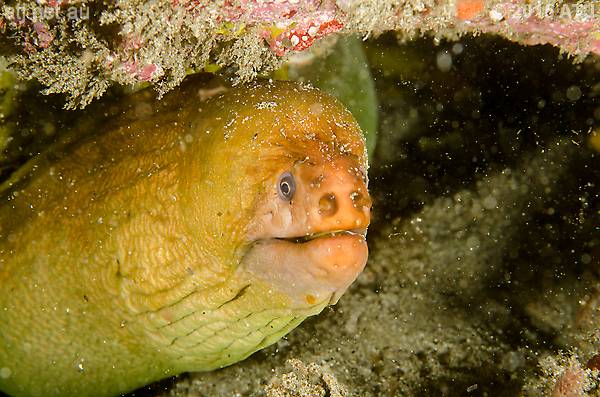
Green moray, Gymnothorax prasinus. 13.4 m.

Male pot-belied seahorse, Hippocampus abdominalis, ("Noel"). Note the clingfish on the seahorse's back. 13.1 m.
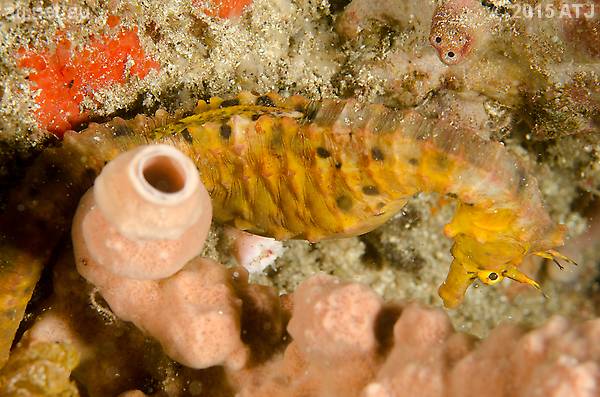
Female pot-belied seahorse, Hippocampus abdominalis, ("Rosie"). 12.7 m.

Male pot-belied seahorse, Hippocampus abdominalis, ("Arnold"). 13.4 m.
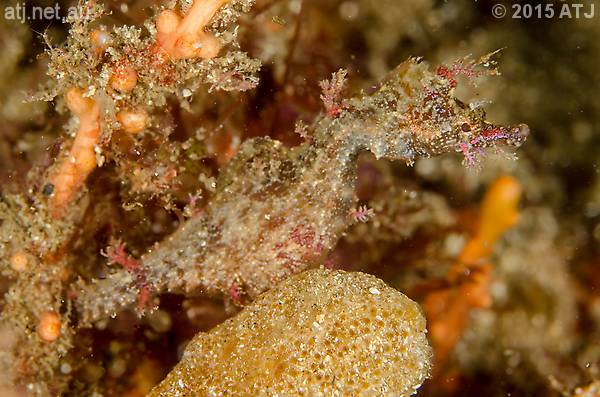
Male Sydney pygmy pipehorse, Idiotropiscis lumnitzeri, (IL2015091101). 13.1 m.
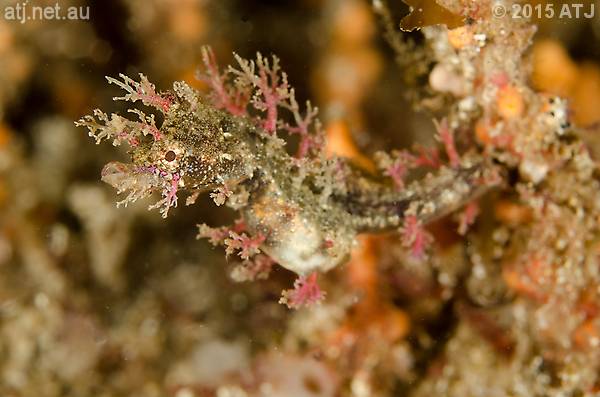
Female Sydney pygmy pipehorse, Idiotropiscis lumnitzeri, (IL2015091201). 13 m.
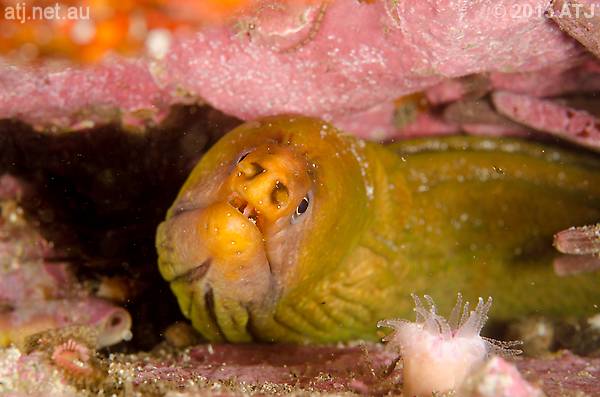
Green moray, Gymnothorax prasinus. 12.6 m.

Basket star, Astrosierra amblyconus. 13.2 m.
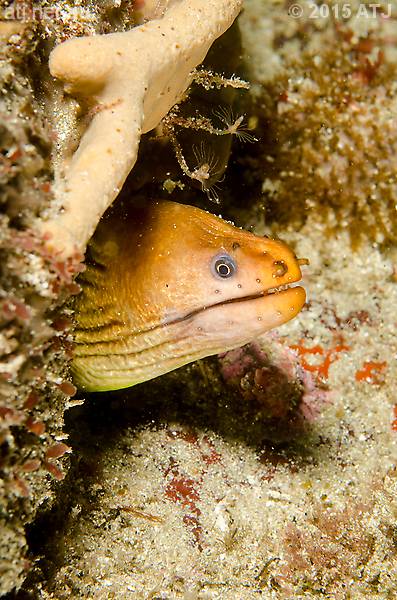
Green moray, Gymnothorax prasinus. 13.2 m.

Female Sydney pygmy pipehorse, Idiotropiscis lumnitzeri, (IL2015072601). 12.6 m.
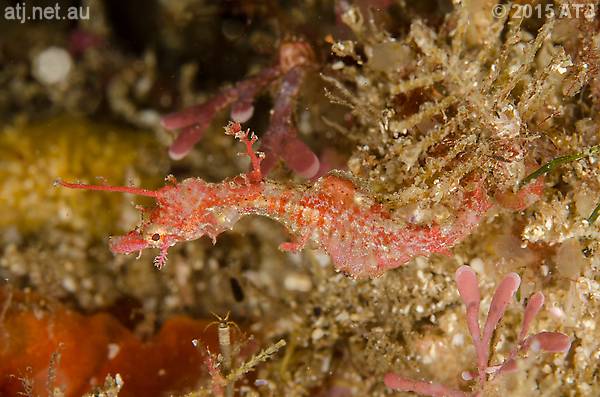
Male Sydney pygmy pipehorse, Idiotropiscis lumnitzeri, (IL2015092701). 12.5 m.

Male Sydney pygmy pipehorse, Idiotropiscis lumnitzeri, (IL2015092701). 12.5 m.

Sydney pygmy pipehorses, Idiotropiscis lumnitzeri, (IL2015072601, IL2015092701). 12.5 m.
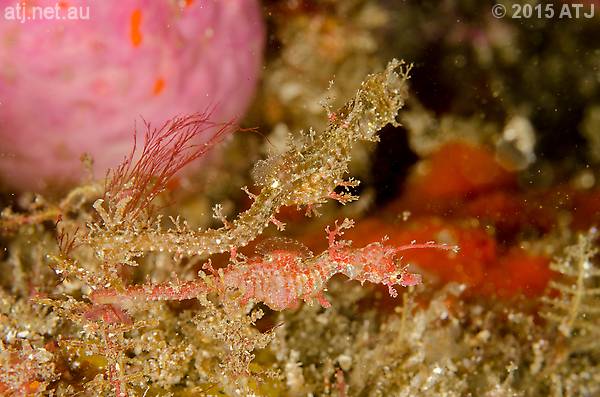
Sydney pygmy pipehorses, Idiotropiscis lumnitzeri, (IL2015072601, IL2015092701). 12.5 m.
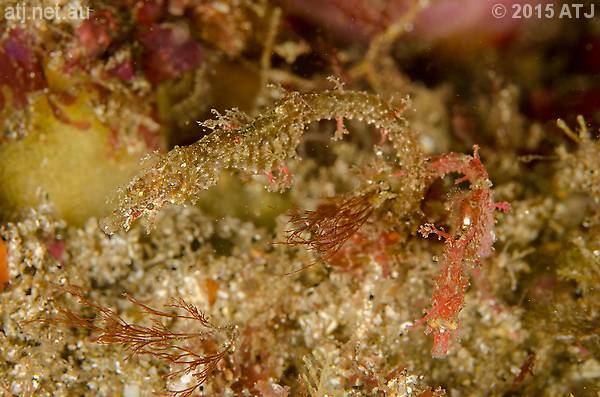
Sydney pygmy pipehorses, Idiotropiscis lumnitzeri, (IL2015072601, IL2015092701). 12.4 m.
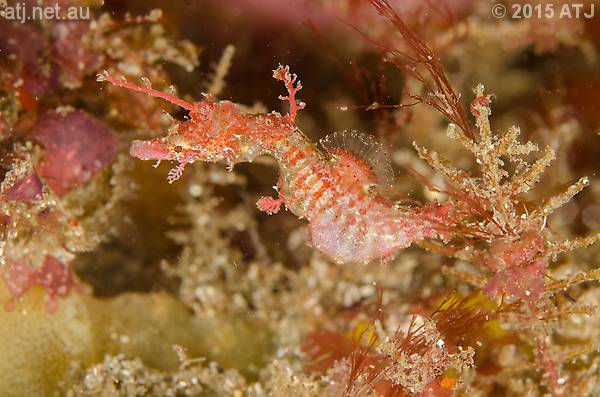
Male Sydney pygmy pipehorse, Idiotropiscis lumnitzeri, (IL2015092701). 12.5 m.
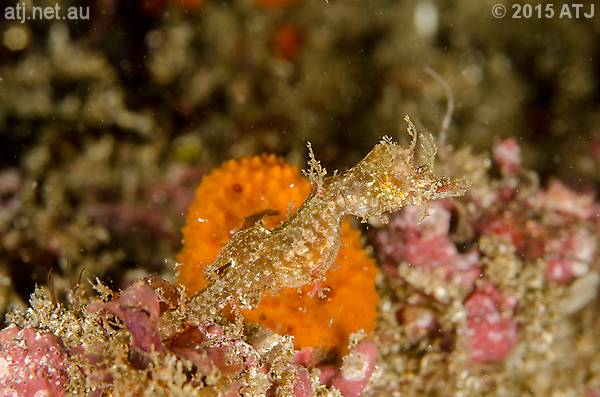
Female Sydney pygmy pipehorse, Idiotropiscis lumnitzeri, (IL2015072601). 12.5 m.